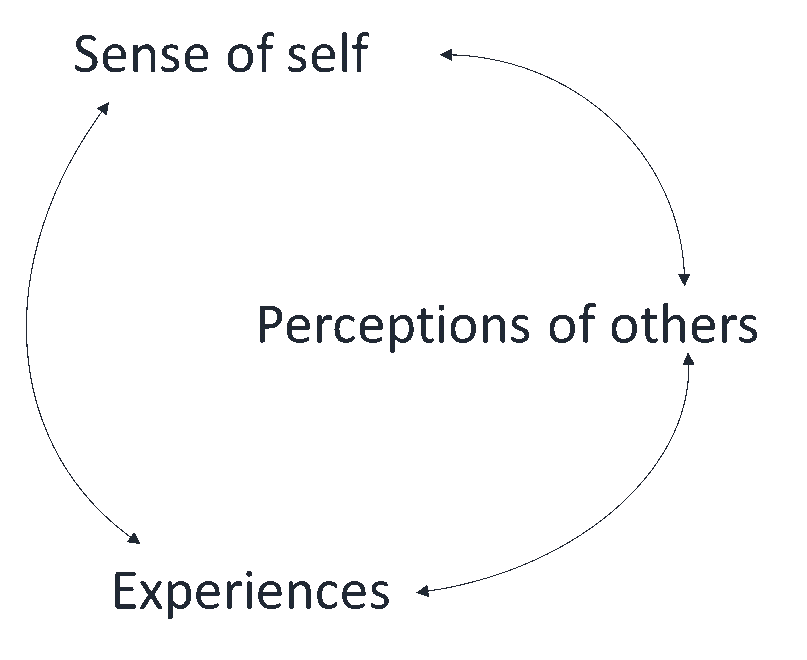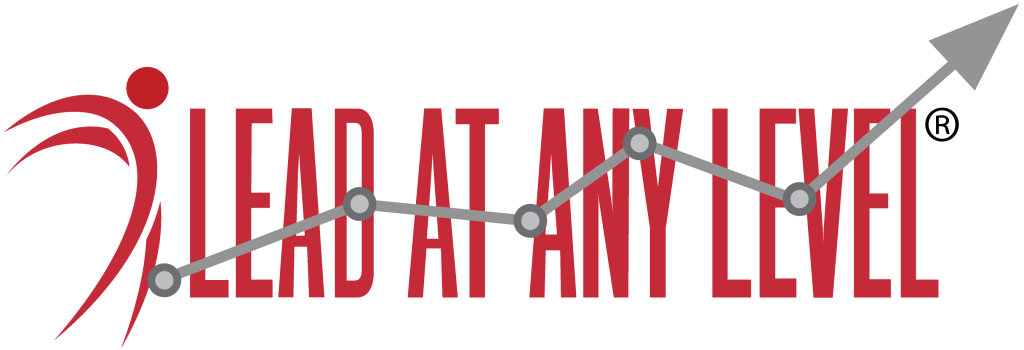Author’s note: This article is adapted from my book, Network Beyond Bias.
You may not know it, but unconscious bias affects you before your brain even knows what’s happening! Don’t believe me? Imagine you’re driving late at night down a fairly deserted highway. You look up into your rearview mirror and see a police cruiser with its lights flashing.

What do you notice about yourself first? Maybe your heart starts racing, you start to sweat, and feel nervous. You’ve probably already taken your foot off the gas.
Then what happens? You start wondering if you were speeding. Or whether you have a tail light out. Did you remember to renew your plates? Or maybe you’re wondering if your race, gender, type of car, bumper stickers, or some other quality made you a target for a less-than-scrupulous police officer.
Do you know what’s happening here? Your brain starts making up a story to explain how you’re feeling. You felt nervous first and then you try to find a reason for that feeling.
What happens when the police officer passes you and speeds on down the highway? Your mind says “WHEW!” but your heart takes a few moments to stop pounding, right?
This is a situation most of us can relate to on some level. It plays out in many aspects of our lives, in bigger and smaller ways, often without our even realizing it.
Want to learn more? Check out our self-paced online courses to learn how to overcome bias to build a diverse professional network!

Unconscious Bias is Universal
My brain is biased, and so is yours. It’s nothing to be ashamed of. Bias means preference. We are hard-wired for bias. Bias kept us safe when we were hunter-gatherer nomads who had to decide if each new thing we saw was something we could eat, or something that would eat us. Knowing who was in your tribe and who wasn’t was literally a split-second, life-or-death decision. Yet, despite all our cultural and physical adaptations, this biology is still with us. In fact, new studies show that babies start to demonstrate racial bias as early as fifteen, nine, or even six months. We can only make good decisions if we understand that this bias exists and recognize it when it’s
As we develop physically, emotionally, and socially, we learn to shape our various characteristics into a sense of self, or social identity. This social identity is based on our experience in the world relative to other people: how strong we are, how we look, where we live, how we speak, how we dress or eat or worship or spend our free time. We form our sense of self based on those who are similar to us and those who are different. In part, we are basing our own identity on our perceptions of others.

As we firm up and fine-tune our sense of self, we also learn to make judgments – and I’m using that word on purpose – about others. Even as we define ourselves relative to others, we evaluate others from the perspective of our own identity.
But wait, there’s more! We choose our experiences in ways that reinforce our identities and our perceptions of others. It becomes a vicious cycle. The less you vary your experiences, the more resolute you are likely to be in your perceptions of others, and the more vested in your own identity.
Unconscious Bias Can Be Measured
The good news is that you can invest five minutes right now to test yourself for bias. Come back when you’re finished. It’s okay, I’ll wait.
(No, really, go take the test.)
Now that you understand what unconscious bias is, you may be thinking, “This feels icky. Make it stop!” Check out Overcoming Unconscious Bias to learn how!

12 Responses